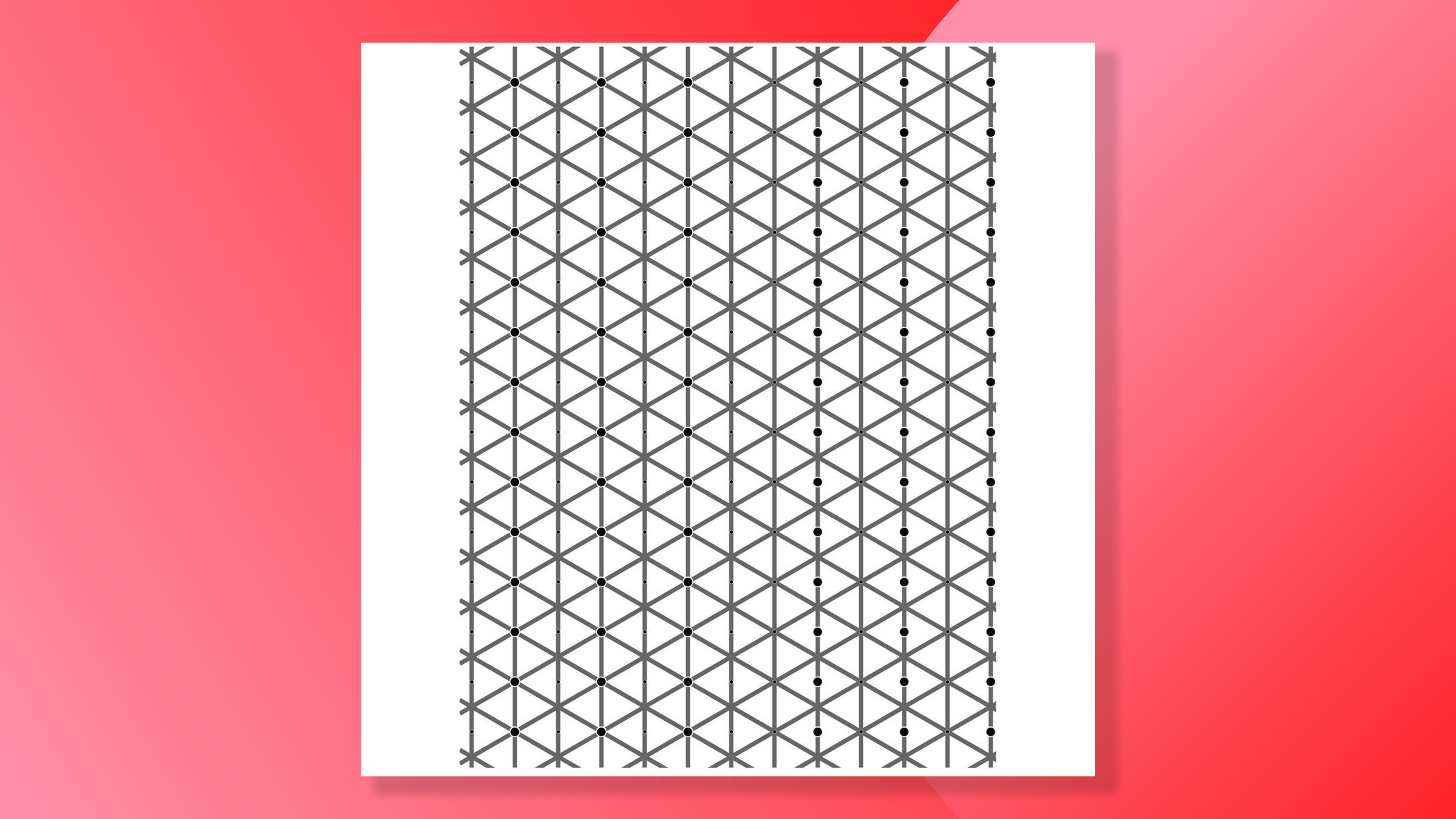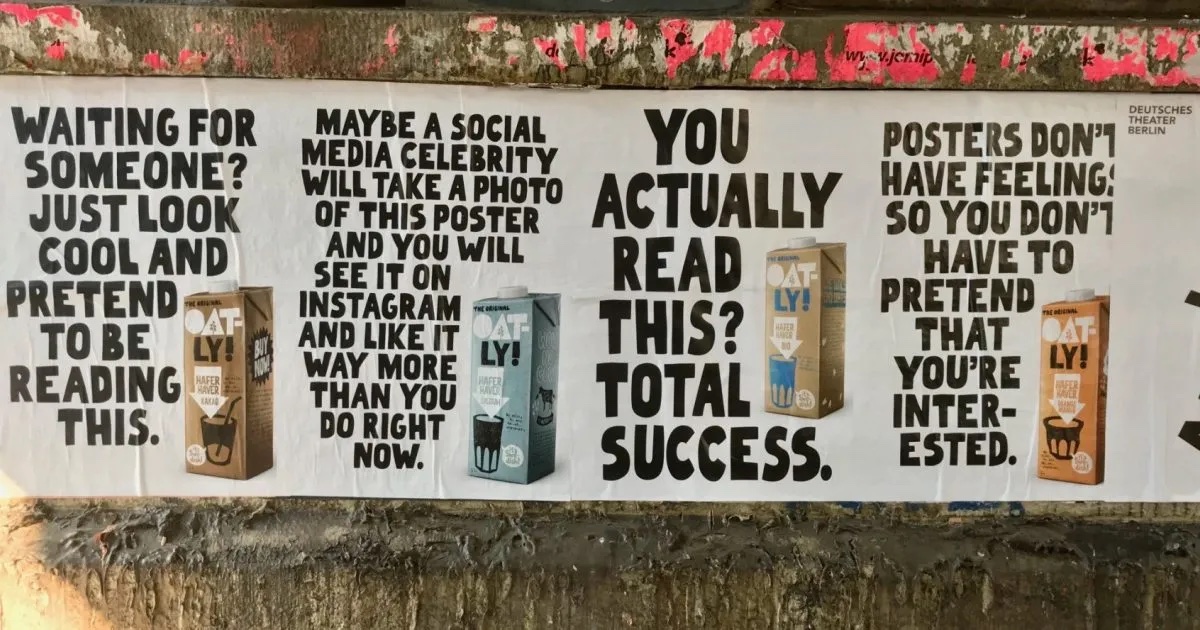
You may have noticed that we're big fans of optical illusions here at Creative Bloq. Exploring how our brains process different images can offer fascinating inspiration for creative work. But while many of the optical illusions we've seen take a bit of work on the part of the viewer, requiring you to look at them in a certain way, this one is instant and unavoidable.
Look at the image above, and you'll probably see a grid of triangles on which dark dots appear to one side of the image. But we have news for you. Those dots actually appear evenly spaced throughout the whole image. Yes, seriously. Take a closer look (for more bafflement, see our pick of the must-see optical illusions).
Reality shatter. The left side and the right side of this lattice have the same number of black dots. By Jacques Ninio and Kent Stevens, "Variations on the Hermann grid: an extinction illusion," Used with permission of K. Stevens. pic.twitter.com/UoiztliNtmDecember 13, 2022
Shared on Twitter by the mathematician Cliff Pickover, the image is an example of what's known as an extinction optical illusion. And what it's extinguishing right now is my brain's ability to function. Pickover insists that the left and right side of the image have the same number of black dots; our brains just won't let us see them all at once.
The phenomenon was first described by the German physiologist and speech scientist Ludimar Hermann in 1870. He was reading a book about sound when he saw that grey spots showing up at the intersections of lines in a diagram. The variation above was created by French biologist Jacques Ninio and professor Kent Stevens.
What's happening? According to SharpBrains, when the cells in our retinas adjust to the brightness of an image, they adjust the intensity of the light signal in many small sections. The size of these sections is determined by the size of receptive fields in different parts of the retina. When we look at a Hermann Grid variation like Ninio's extinction illusion, the intersection we look at directly is seen by the fovea, a central depression in the retina where vision is sharpest but which has a small receptive field.
Our perception in this area is quite accurate, and we see the area as either white or light grey. But at the peripheral intersections, most of our receptive field becomes flooded with white light, which causes the image to appear grey so we don't see the black dots.
Time for more mind benders? Take a look at the best optical illusions we've seen this year. Want to make your own? Check our our pick of the best graphic design software or see the best current prices on Adobe's Creative Cloud below.
Daily design news, reviews, how-tos and more, as picked by the editors.
Read more:
- This mind-boggling optical illusion claims to reveal a whole new colour
- TikTok is stunned that this 3D optical illusion actually works
- This viral TikTok optical illusion is scarily addictive

Joe is a regular freelance journalist and editor at Creative Bloq. He writes news, features and buying guides and keeps track of the best equipment and software for creatives, from video editing programs to monitors and accessories. A veteran news writer and photographer, he now works as a project manager at the London and Buenos Aires-based design, production and branding agency Hermana Creatives. There he manages a team of designers, photographers and video editors who specialise in producing visual content and design assets for the hospitality sector. He also dances Argentine tango.
